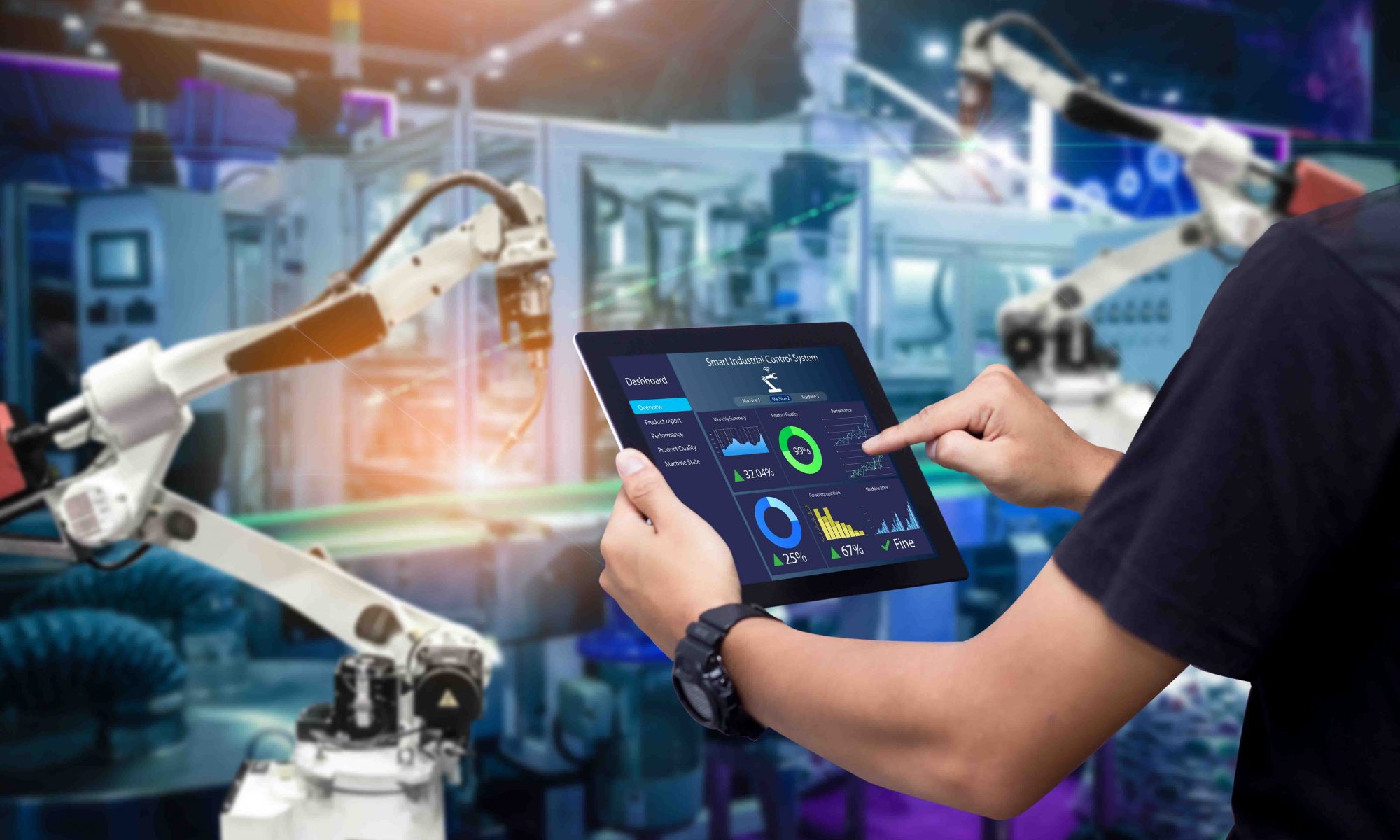BehrTech Blog
3 Reasons Industrial IoT Projects Fail & How to Overcome Them
With the global market size predicted to reach USD 949.42 billion by 2025, Industrial IoT (IIoT) is expected to bring game-changing opportunities to improve operational visibility, efficiency and productivity, all while lowering costs. Amid this ambitious potential, an IIoT implementation is often easier said than done. A Cisco study revealed that only 26 percent of business decision-makers could name one of their IIoT initiatives a success.
Each project is unique, but the challenges faced are similar. In most cases, replacing existing facilities and equipment with entirely new, greenfield plants with native IoT technologies is simply not feasible. As such, brownfield IoT deployments are the way to go, but there exist a multitude of challenges. Designed in the previous century, legacy assets and systems aren’t meant to be connected to the outside world and thus lack effective communication functions. On top of that, companies haven’t prepared themselves to deal with security and data privacy issues in the IoT era.
In this article, we take a look at the top reasons industrial IoT projects fail and how to overcome them.

1. Connectivity
While data communications have long existed in industrial automation systems, they are built for closed-looped control tasks only. As such, machine and operational data are often trapped within multiple process silos on the factory floor. Connecting these systems via Ethernet is expensive, cumbersome and conducive to production shutdowns. In many industrial settings like open-pit mines and oil fields, asymmetric topography and vast geographical areas make trenching wires almost impossible.
Solution
The IIoT value chain essentially starts with data collection and choosing the right connectivity solution might ultimately impact the success of your IIoT initiative. There’s a plethora of wireless technologies in the market, but not all of them can keep up with the demanding industrial environments. Long-range, deep penetration and high interference immunity of the radio link are key to reliable data connection over large industrial campuses. Also, you’ll want to have a unified communications solution to extract data from existing industrial networks and to support a new layer of granular, battery-operated sensor networks for complete operational visibility. In this context, low power consumption and high network scalability are other critical wireless criteria not to overlook.
2. Integration
According to a report by Bain & Company, difficulties in integrating IIoT solutions with existing operational technology and IT systems continue to be a major adoption barrier. These difficulties center around how data is ported across different formats. Many companies struggle to retrofit IIoT technologies into legacy equipment like Programmable Logic Controllers (PLCs) without involving complex, error-prone modifications. On top of that, how to integrate collected data into existing IT and enterprise management platforms is another reason industrial IoT projects fail.
Solution
Emerging plug-and-play IIoT solutions are easing integration tasks with the use of a converter or an integration gateway. On one side, the converter interfaces with brownfield PLCs using automation-specific protocols to gather critical production data, reformat and then transmit it using robust, long-range connectivity on the other side. By leveraging such a solution, companies can bypass invasive hardware reprogramming and costly production downtime in a brownfield deployment. In addition, going for an open, API-driven IIoT architecture could greatly simplify integration and data transfer to legacy enterprise applications, software and reporting and analytics tools.
3. Security and Data Privacy
There are no IIoT discussions without security and data privacy concerns. Massive financial and operational damages caused by a breach is a primary reason companies shy away from IIoT and why IoT projects fail. The fact that many legacy industrial control systems have limited or outdated security features, further intensifies these challenges.
Solution
All of that said, there are a few steps companies can take to tackle security and data privacy issues. First, selecting an IIoT architecture with built-in end-to-end security for both non-IP and IP-based data transfer is critical. Advanced Encryption Standard (AES) is a proven security mechanism for non-IP, low-power connectivity, while Transport Layer Security is an industry-standard cryptographic protocol for Internet-based connections. Besides data encryption, employing one-way connectivity to collect data from critical automation systems helps circumvent attempts to remotely control machines through reverse communications. If retaining data on-premise to avoid privacy concerns is a top priority, a privately managed and controlled network is preferred over public connectivity services.
As with previous industrial revolutions, IIoT does not come without challenges. However, addressing and overcoming these challenges with the right technologies and solutions opens the door to immense opportunities to gain more operational visibility, improve efficiencies and lower costs.

















